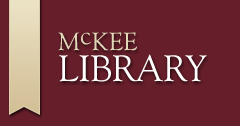Abstract
Improved dairy cattle are recognized as an integral part of improving the livelihoods for the rural and urban poor in developing countries. The aim of this research was to measure impact, reveal challenges, map distribution, and establish recommendations for moving forward in improved livestock distribution initiatives. The methods consisted of a hybrid model using both quantitative and qualitative modalities, especially focusing on personal interviews, focus group discussions, field observation, and GIS data capturing. GIS based comparisons could not be made because of a lack of available GIS demographic data for the area. The combined modalities approach (especially the in-depth interviews and FGD) allowed an accurate picture of impact to emerge. Overall IDC had an overwhelmingly positive effect on the lives of the owners especially in the areas of increased income and nutrition for the family. The main challenges faced by owners of IDC were the higher disease prevalence found in the IDC (Friesian and Ayrshire), susceptibility to pests (tsetse flies and ticks), and lack of affordable veterinary access. Increases medical training of the improved livestock owners was suggested.
Recommended Citation
Weaver, Jeremy; Mwasi, Alexon; and Weaver, Lindsay
(2015)
"Improved Dairy Cattle: Impact and Distribution in Rural Tanzanian Communities,"
Interdisciplinary Journal of Best Practices in Global Development: Vol. 1:
Iss.
1, Article 1.
Available at:
https://knowledge.e.southern.edu/ijbpgd/vol1/iss1/1
Included in
African Studies Commons, Agricultural and Resource Economics Commons, Animal Studies Commons, Geographic Information Sciences Commons
